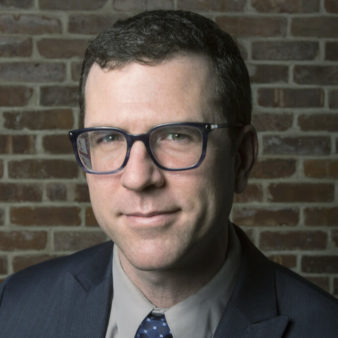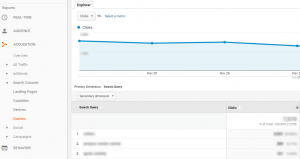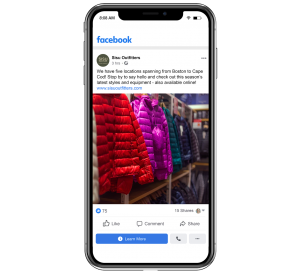Over the last two years, the Coca-Cola Company has been implementing an Adobe CDP and activating other capabilities around it to connect with 2 billion customers worldwide.
This data overhaul required a reconfiguration of marketing and technology teams, as the company’s intelligence got more centralized. As a result, Coca-Cola is better positioned to match customers with over 250 products in the company’s portfolio. Another goal was to use the data to have more engaging conversations with customers.
“It all started with our objective as an organization to become a total beverages company,” said Keith Bartig, director, precision marketing technologies at the Coca-Cola Company, at The MarTech Conference. “So many still know us for our sparkling beverages of course, but few know that we really offer beverages for every occasion and we aspire to be what our consumers choose to drink on every occasion throughout the day.”
Matching the right products with two billion customers
“We need to be very relevant and very precise to be cost effective with our marketing dollars, and to truly engage with our consumers with relevant messaging and offer them the products that they’re most interested in,” Bartig said.
That’s what the Adobe stack, including a CDP, was intended to achieve — by centralizing the data of all customers and allowing marketing and tech teams to measure and manage the communications deployed to these customers in over 200 countries.
“In year one [the goal was] to implement the Adobe experience platform all over the world and then build from there,” said Bartig. “And so year two is really paying the dividends, and we’re able to rapidly deploy the campaigns that we’re looking to [execute].”
Streamlining the technology for digital experiences
The CDP powers personalization for marketing campaigns, experiences and ecommerce within Adobe’s experience platform. Adobe’s experience manager handles content management as well. Coca-Cola retained Microsoft Azure for application management.
“It was a technology-led initiative,” said Bartig. We said we needed this as an organization to advance our marketing practices, and then it was really working with our marketing partners [to implement the technology]. Sometimes it’s the opposite, depending on the organization, where it’s really a marketing-led initiative, and saying, ‘Hey technology services, this is what we need.’”
He added, “We needed to have a platform that would deliver personalization that is on a very small individual scale where we’ve got these mom-and-pop sort of storefronts [in smaller markets]. And we have, then, the huge sort of restaurant chains and grocery stores that we have here in the United States, and everything in between.”
Building consensus and standardizing the technology
“We needed to really showcase the benefits to our marketing partners and focus on education and evangelizing the platform,” said Bartig.
Coca-Cola’s technology team had to make the case for the new CDP and Adobe stack, and then they needed to coordinate its use once the new tech was implemented.
“We knew we’d have to drive standardization or it would become prohibitively complex,” Bartig explained. “But it’s also a balance to be flexible to individual regional needs.”
The company maintained a centralized technology services team that manages user requirements and marketing needs from all the different markets.
“Everything we did, we did with global scale in mind,” said Bartig. “So, if our Latin America region had something that they wanted to focus on, or wanted to build, we would take that and we would add it to our repository of components and capabilities, knowing that Asia-Pacific or Europe or our North America operations may use it in the future.”
Taking time to plan out the data
“We certainly had a lot of learnings along the way,” Bartig said. “In hindsight, what I would have done, and what I would recommend to other [enterprises], would be to take a moment and have a preliminary phase where you organize your data.”
For example, in Coca-Cola’s Latin America operations, they wanted to implement an abandoned cart functionality. This would have been helpful out of the gate when the technology was being rolled out in the first year.
“We found out in digging further that the tags that we use to get behavioral data — the data layer, by which we would take those tags and then import them into the Adobe experience platform — all needed a lot of work and retrofitting to be able to make it organized and make it work,” said Bartig. “So definitely take time to plan out your data and make sure all of your sources of data are well-defined and organized.”
Enterprises should also think about what additional data sources are needed and how they want to model the data. For Coca-Cola, the emphasis has been on behavioral data that will power relevant experiences and ecommerce capabilities.
This fragmentary data then adds value to experiences when it’s centralized in the customer profiles in a CDP. The result, a more holistic view of the customer. Or, in the case of Coca-Cola, two billion customers.
The post How Coca-Cola activated their enterprise CDP appeared first on MarTech.
MarTech(11)






